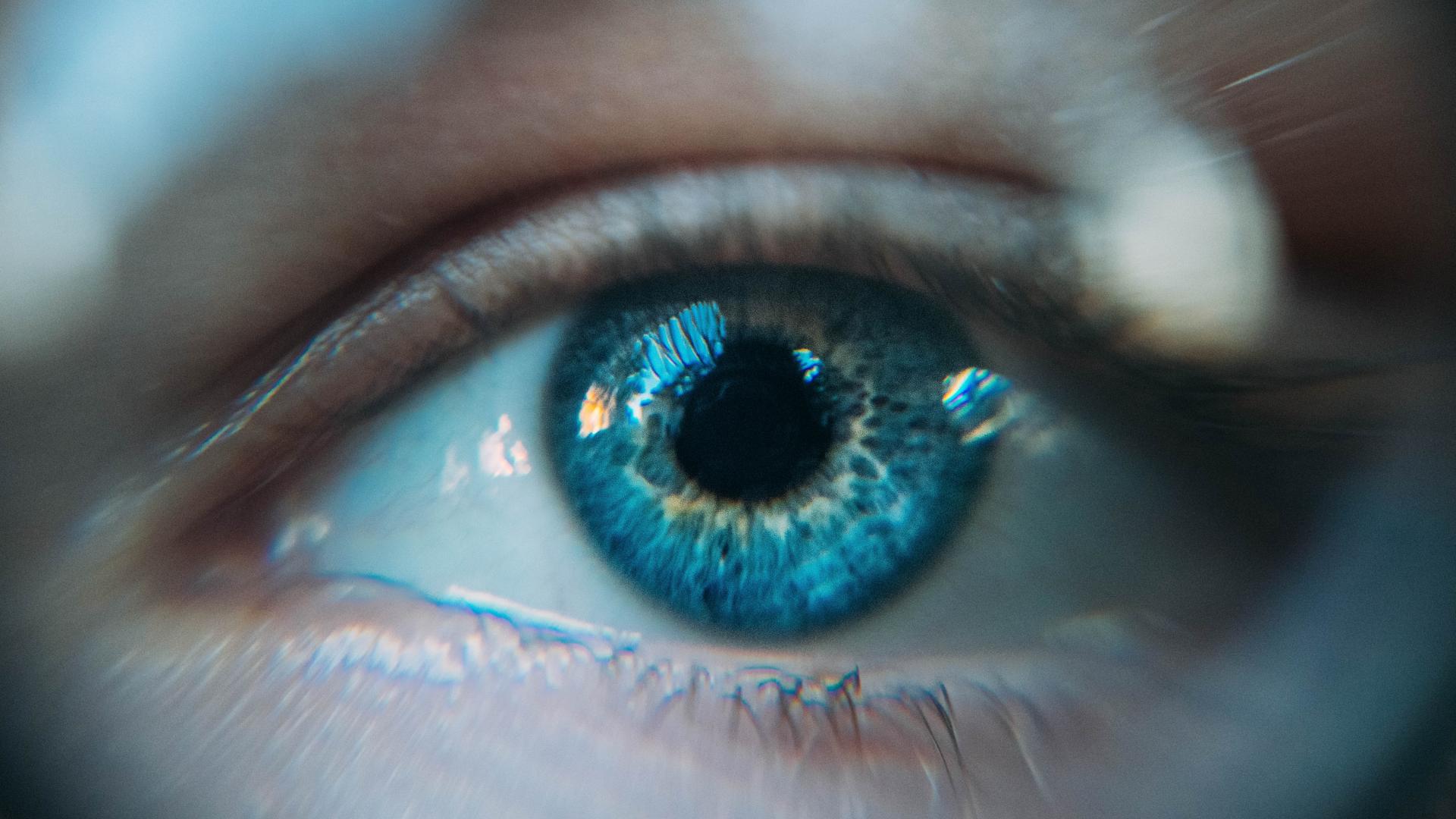First-Ever 3D Cell Model of Human Eye Replicates Key Parts of AMD
Written By: BrightFocus Editorial Staff



Written By: BrightFocus Editorial Staff

What: A team of medical researchers and bioengineers combined complex layers of retina cells derived from blood samples with networks of polymer chains known as hydrogels to form a three-dimensional (3D) matrix model of wet age-related macular degeneration (AMD) that can help pinpoint what causes the disease, develop drug treatments for it, and determine how well drugs could work in specific patients.
Where: Manian KV, et al. “3D iPSC Modeling of the Retinal Pigment Epithelium-Choriocapillaris Complex Identifies Factors Involved in the Pathology of Macular Degeneration.” Cell Stem Cell, March 29, 2021.
BrightFocus Connection: This research was supported by a Macular Degeneration Research (MDR) grant to senior author Ruchira Singh, PhD, at the University of Rochester’s Flaum Eye Institute (see link to grant profile below).
Why It Is Important: Until this breakthrough model was developed, researchers relied primarily on rodent models to study AMD in humans, and discovery was limited by differences between human and rodent eyes.
In the lab, using induced pluripotent stem cells (iPSC) techniques that “grow” tissue from adult human cells, researchers were able to create a three-dimensional model replicating eye tissue from a single patient affected by AMD, including retinal pigment epithelium (RPE) and choriocapillaris tissue. RPE cells help nourish and maintain the eye’s light-detecting photoreceptor cells, and undergo changes associated with AMD onset. However, until now, researchers couldn’t see the whole picture of the disease because they could not yet model the RPE cell layer in combination with the tiny blood vessels that lies underneath it, known as the choriocapillaris complex. This new model lets researchers study both areas of the eye affected by macular degeneration together —the pigmented cell layer and its supportive capillary layer — but still control each part separately to pinpoint the root cause of the disease.
So far, studies using the model have revealed that secretion of a defective growth factor by the RPE sparks changes leading to vision loss in macular degeneration. These changes do not appear to depend on faulty functioning of the endothelial cells that form a barrier between blood vessels and retinal tissues. However, the changes can be stimulated by matrix metalloproteinases, enzymes that degrade the extracellular environment of cells and are found in the blood of AMD patients. These enzymes and defects in a growth factor known as fibroblast growth factor 2, which promotes the growth of endothelial cells to form new vessels, are seen as potential targets for drug treatment.
Already the team has shown that the AMD-related changes seen in the model can be modified with drugs. What remains ahead is to validate the model using tissue from additional AMD patients, after which they plan to use the model to develop drug treatments and test their effectiveness for AMD.
BrightFocus Foundation is a premier global nonprofit funder of research to defeat Alzheimer’s, macular degeneration, and glaucoma. Through its flagship research programs — Alzheimer’s Disease Research, Macular Degeneration Research, and National Glaucoma Research— the Foundation has awarded nearly $300 million in groundbreaking research funding over the past 51 years and shares the latest research findings, expert information, and resources to empower the millions impacted by these devastating diseases. Learn more at brightfocus.org.
Disclaimer: The information provided here is a public service of BrightFocus Foundation and is not intended to constitute medical advice. Please consult your physician for personalized medical, dietary, and/or exercise advice. Any medications or supplements should only be taken under medical supervision. BrightFocus Foundation does not endorse any medical products or therapies.
